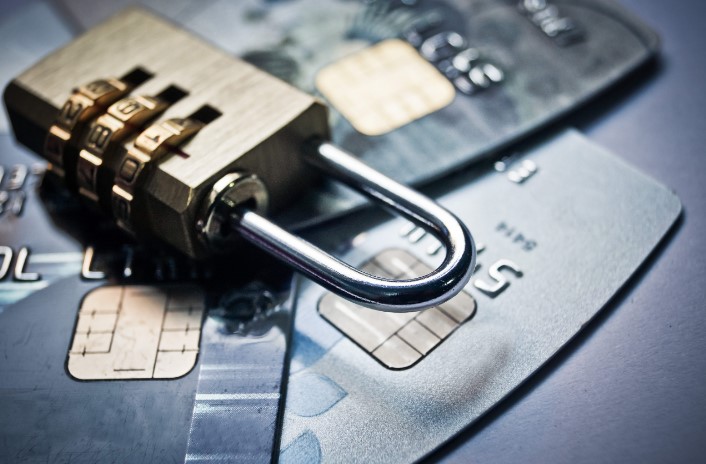A Guide to Preventing Credit Card Fraud
December 29, 2023

In today’s digital age, convenience and connectivity have redefined how we manage our finances. While credit cards offer unparalleled ease in transactions, they also expose us to the risk of credit card fraud. As cybercriminals become increasingly sophisticated, safeguarding yourself against credit card fraud is paramount. This blog post delves into the world of credit card fraud, equipping you with knowledge and strategies to protect your hard-earned money.
Understanding Credit Card Fraud
Credit card fraud occurs when unauthorized individuals gain access to your credit card information and use it for their own gain. This can take various forms, such as unauthorized transactions, phishing scams, skimming devices, or even online data breaches.
Safeguarding Strategies:
- Regularly Monitor Your Statements: Set a routine to review your credit card statements, both online and in print. This helps you quickly identify any suspicious or unauthorized transactions.
- Stay Updated: Keep an eye on the news for reports of data breaches affecting companies you have accounts with. If a breach occurs, change your passwords and monitor your accounts closely.
- Use Strong Passwords: Use complex and unique passwords for your online accounts, including your credit card accounts. Avoid using easily guessable information like birthdays or names.
- Enable Two-Factor Authentication (2FA): Whenever possible, activate 2FA for your online accounts. This adds an extra layer of security by requiring a secondary form of verification.
- Beware of Phishing Emails and Calls: Be cautious when receiving unsolicited emails or calls asking for sensitive information. Legitimate organizations will not ask for sensitive data via email or phone.
- Check for Skimming Devices: When using ATMs or card readers, check for any unusual attachments. Criminals may install skimming devices to capture your card information.
- Shred Sensitive Documents: Dispose of documents containing sensitive information properly. Shredding old credit card statements and documents with your personal details is a good practice.
- Use Secure Wi-Fi Networks: Avoid making financial transactions or accessing sensitive information while connected to public Wi-Fi networks, which can be less secure.

Reacting to Suspicious Activity
- Report Immediately: If you notice any unauthorized or suspicious transactions, contact your credit card issuer immediately. They can freeze your account and investigate the issue.
- Check Your Credit Reports: Regularly check your credit reports from the major credit bureaus. Look for any unfamiliar accounts or inquiries.
- File a Police Report: If you suspect credit card fraud, file a report with your local police department. This documentation can be useful when dealing with creditors and credit bureaus.

Preventing credit card fraud requires vigilance, awareness, and proactive measures. By staying informed about the latest scams and adhering to best practices for cybersecurity, you can significantly reduce your risk of falling victim to credit card fraud. Remember, safeguarding your financial well-being is an ongoing effort – and a small investment in time and caution can yield significant dividends in peace of mind.
Have Any Question?
Call or email Cocha. We can help with your cybersecurity needs!
- (281) 607-0616
- info@cochatechnology.com




